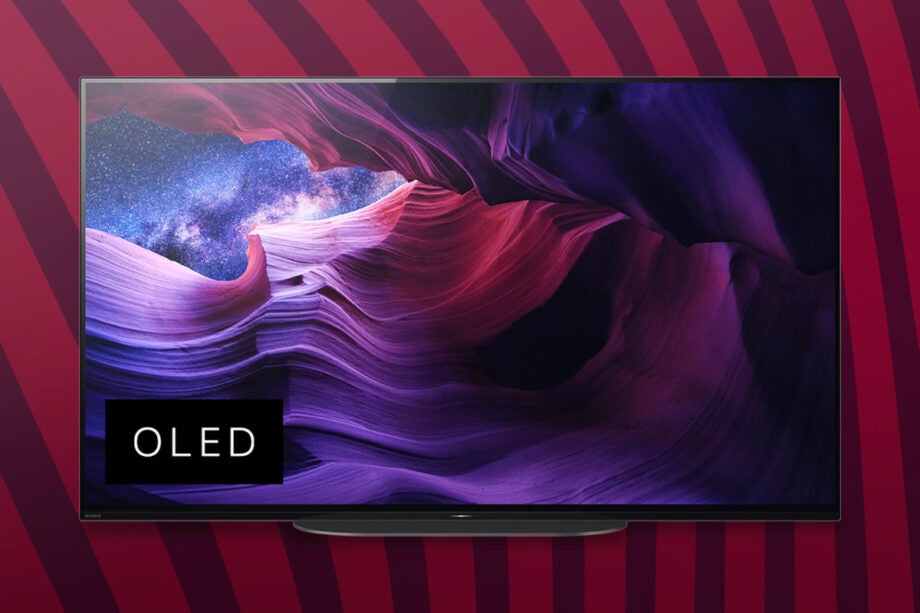What is black level?

We explained in another piece why black levels are so important, and they’re a vital area for any display technology in terms of showing an accurate picture.
Black levels can make or break a viewing experience on any display, so if you want to know what it is, here’s an explanation of what black levels are.
What is black level?
Black level of a display is the darkest a screen can go, it is essentially the point at which no light is emitted from the screen.
Black level is often referred to as brightness, which sounds contradictory, but if you go into the settings on a display, the method for controlling the black level is labelled as the ‘Brightness’ setting. This setting is not about making the screen brighter but to adjust black levels onscreen.

Deep, solid blacks are good primarily because they will make bright objects and colours next to them look stronger. Strong blacks will, for a lack of a better word, make images ‘pop’, helping to create a more three-dimensional image, especially with higher resolution content.
Different display technologies produce black levels in different ways, and some are better than others. LCD LED TVs use a backlight to help control the light, and therefore the black areas seen on the TV. A backlight will use zones to control how much light is emitted, but there are various ways of doing this and some are more successful (and more expensive) that others. Usually, the more expensive the TV, the stronger its blacks can be, depending on the technology used.
OLED is another type of display and it offers the best black level you can currently find. It’s able to do this because it is a self-emissive screen, which means every pixel can create its own light. As each pixel can be turned on or off, off being absolute black, you get perfect black levels with an OLED display.








